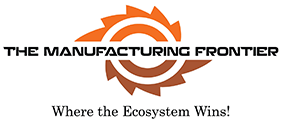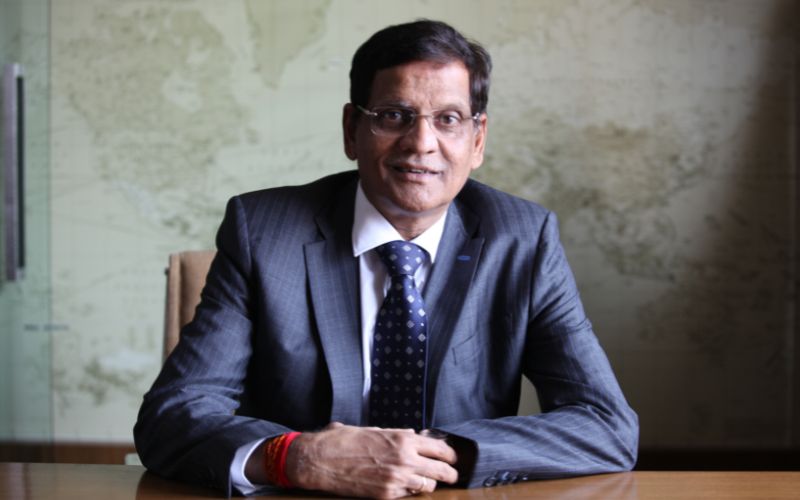“To remain competitive and compliant, cable manufacturers must adopt strategic measures that align with anticipated regulatory trends. Continuous monitoring of regulatory changes is essential, allowing companies to adapt swiftly.” Shreegopal Kabra
Navigating the evolving landscape of the global cable industry requires a keen understanding of the regulatory bodies that shape its standards. Recent regulatory changes focus on enhanced safety and environmental responsibility, raising standards for fire resistance, durability, and electrical performance, while tightening limits on hazardous materials. Today, adapting to these changes is no longer merely about compliance; it’s about leading the industry with proactive innovation and commitment to global standards. At RR Kabel, we are dedicated to delivering top-notch products with the highest standards of safety and functionality.
In the upcoming sections, we will look at how the regulatory changes impact the industry at large.
Impact on Cable Manufacturing
Compliance Costs: Adhering to new regulations can significantly impact finances, with increased costs for upgrading production facilities and incorporating advanced technologies. Businesses may face higher expenditures to meet new safety and environmental standards, requiring careful financial planning and investment. However, this also presents an opportunity for manufacturers to enhance their operational efficiency and product quality, ultimately positioning themselves as leaders in a more regulated market.
Innovation and Adaptation: Regulatory changes act as a catalyst for innovation. To meet new safety and environmental standards, companies are developing cutting-edge products and materials. For instance, advancements in halogen free and environmentally friendly cable designs are becoming more prevalent. This drive for innovation is reshaping the industry, pushing it towards more advanced and eco-conscious solutions.
Quality Assurance and Testing: Ensuring compliance requires rigorous quality assurance and testing procedures. Advanced testing methodologies and certification processes are critical for verifying that products meet safety and environmental standards. This includes more comprehensive fire resistance tests and assessments of environmental impact, ensuring products are both safe and sustainable.
Market Dynamics and Competitive Landscape
Global Trade and Export: Regulatory changes influence global trade and export opportunities for cable manufacturers, affecting market access and competitiveness. Companies must navigate varying regulatory environments, which can present both challenges, such as compliance costs, and opportunities for accessing new markets with tailored products.
Regional Variations: Regulatory changes differ significantly across regions, impacting local markets in diverse ways. For instance, regions with stringent regulations may drive higher compliance costs but also ensure superior safety standards, while areas with lenient policies might offer cost advantages but pose risks. Understanding these regional variations helps manufacturers strategize effectively and tailor their approaches to meet specific regulatory demands.
Sustainability and Environmental Considerations
Eco-Friendly Cables: There is an increasing demand for environmentally friendly cables, driven by both regulatory pressures and consumer preferences. Innovations in biodegradable and recyclable cable materials are gaining traction as manufacturers seek to reduce their environmental footprint. These eco-friendly solutions comply with new regulations while aligning with broader sustainability goals.
Cable Quality Norms Boost Domestic Manufacturing and Environmental Standards: Regulations aimed at reducing the environmental impact of cable manufacturing are increasingly shaping industry practices and product development. A significant step in this direction is the recent introduction of mandatory quality norms for solar cables and fire survival cables by the Indian government. Issued by the Department for Promotion of Industry and Internal Trade (DPIIT) on August 25, 2023, the Solar DC Cable and Fire Survival Cable (Quality Control) Order, 2023, mandates compliance with stringent standards to curb the import of sub-standard goods and bolster domestic manufacturing. Specifically, fire survival cables, which are crucial in high-stakes environments like hospitals, hotels, airports and high-rise buildings, must now adhere to Indian Standard 17505 (Part 1): 2021. These cables are designed to sustain high temperatures for a defined period under direct fire, ensuring critical infrastructure safety.
Future Outlook
Anticipated Regulatory Trends: The integration of smart technologies into regulatory frameworks is anticipated, with an increasing emphasis on digital compliance tracking and advanced monitoring systems. Preparing for these changes requires a proactive approach, with manufacturers staying abreast of regulatory developments and investing in future-proof technologies.
Strategic Recommendations: To remain competitive and compliant, cable manufacturers must adopt strategic measures that align with anticipated regulatory trends. Continuous monitoring of regulatory changes is essential, allowing companies to adapt swiftly. Engaging actively with regulatory bodies and participating in industry forums can further provide valuable insights and influence the development of practical, industry-friendly regulations. Investing in research and development to innovate and improve product offerings will help manufacturers meet and exceed regulatory standards. Emphasizing quality assurance, through rigorous testing and certification processes, will ensure that products not only comply with current regulations but are also prepared for future requirements. By prioritizing sustainability, manufacturers can cater to the growing demand for eco-friendly products, positioning themselves as leaders in a progressively green market.
Looking ahead, the future regulatory landscape of the cable industry will present both challenges and opportunities. Manufacturers who embrace change, invest in innovation, and engage proactively with regulatory bodies will be well-equipped to navigate this evolving environment, ensuring their continued growth and success.
By Shreegopal Kabra, Managing Director, RR Kabel

